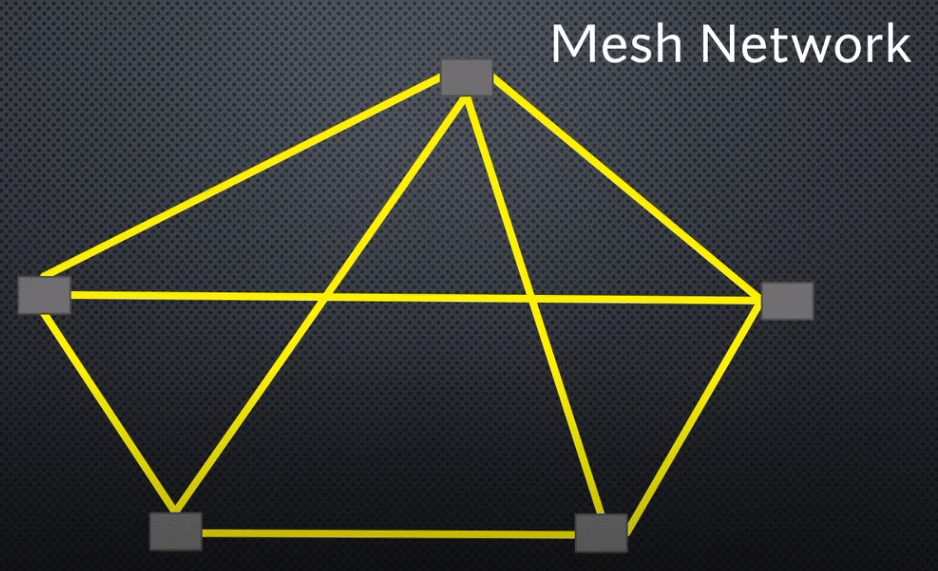i mean its either war under an imperial flag or war under a gang's banner. what's the difference? At least in prison you aren't helping empire.
I agree, that's a huge if.
I don't personally subscribe to the porn addiction narrative. There's a lot of unhealthy socialization around sex that is not addresses in that framework at all, which I find pretty sus.
A lot of people also just have an unhealthy relationship with sex which makes their relationship with porn also unhealthy. Navigating sex and relationships is tough. Just doing that badly enough is enough to fuck a person up. That said, if the lens of addiction helps people manage their relationship with porn better that's great!
I had a friend with problems like that, but he seemed a lot happier after moving to Brazil from the US. This was in Utah though and to me a lot of those folks look like clones. Might be a different issue in that case.
Personally do I think excessive porn consumption can cause developmental issues, but that's not the same as addiction.
Let's put the commie back in commiefornia
Recall this ghoulish clown
Which book?
Bukele enjoys popular support because the alternative to his massive anti gang measures is having the highest intentional murder rate in the world. The US mass deported MS13 and other Salvadoran gangs in the late 80s / early 90s after the Salvadoran civil war and overwhelmed the newly formed government. The gang rule resembled the Spanish feudal order in many ways and a lot of people couldn't leave their place of birth. Bukele ended that system and re-established state rule over El Salvador.
His methods and motivations are extremely questionable. The campaign itself included attempts to ease the human rights concerns of some critics through claims of rehabilitation for low level gang members. I haven't been able to substantiate this claim though. Not to mention the suspicious ties to Israel for military equipment, often obscured by Bukele's Palestinian heritage.
His origins in the deeply corrupt FMLN (a Marxist nationalist organization named after one of the leaders of a mass communist indigenous uprising in the early 1900s) made understanding his moves difficult. Founding Nuevas Ideas (New Ideas) probably should have been a wake up call though. Its not like he started a new workers party or people party. The new ideas were basically bitcoin and arrest every gang member. Though he has invested significantly in infrastructure, medical facilities, and schools, but I don't know what demographics those facilities are meant to / practically serve.
Growing up, my understanding of communism was shaped by the communist resistance in the civil war. Holding out for the people against US funded death squads. Even making it as far as forming a legitimate government, but nothing really changed after that until Bukele took power. The FMLN enjoyed massive popular support for a long time and mostly used it to take bribes and help the gangs entrench themselves.
Lmk if there's any points to the history that I'm getting wrong. Happy to make corrections. I'm 2nd generation Salvadoran, this is based on following the news, some study, and chisme from my aunts and uncles who historically supported the communists, but have been sorely disappointed by FMLN.
gods, can you imagine? like bitch I'm driving around in a fire picking y'all bottoms up, if you're third its because I gotta drive in a god damn circle to pick all y'all up. second, do you not have car? in fucking LA? (hypothetically, cuz I don't have bitches and I don't have a car)
Since the 1990s, many public systems have switched to inorganic chloramine, a chlorine derivative, to purify water supplies. Systems serving about 113 million people in the U.S. use this process. This alternative purifying chemical produces hundreds of byproducts, including an “unidentified product” that befuddled scientists.
In findings published in the journal Science, researchers have identified that compound, chloronitramide anion. They found it has possible risks linked to carcinogens and could be harmful to reproductive and developmental health.
I can't find a public access version of that article tho.. I wonder if any common filtering methods work on this substance?
(this issue of Science just came out, so maybe the access issue will resolve itself in the next few days)
So when are we shipping out to protect their independence?
DO NOT FUCK WITH ME I WAS NEGLECTED BY MY PARENTS I WAS BEATEN AS A CHILD AND I TURNED OUT FINE
is everyone in the west raised in an abusive home or what? at least millenials got participation trophies. that's probably the thing that saved them. until they discovered toast..

in the year 12025 white people are still struggling with the concept of hygiene